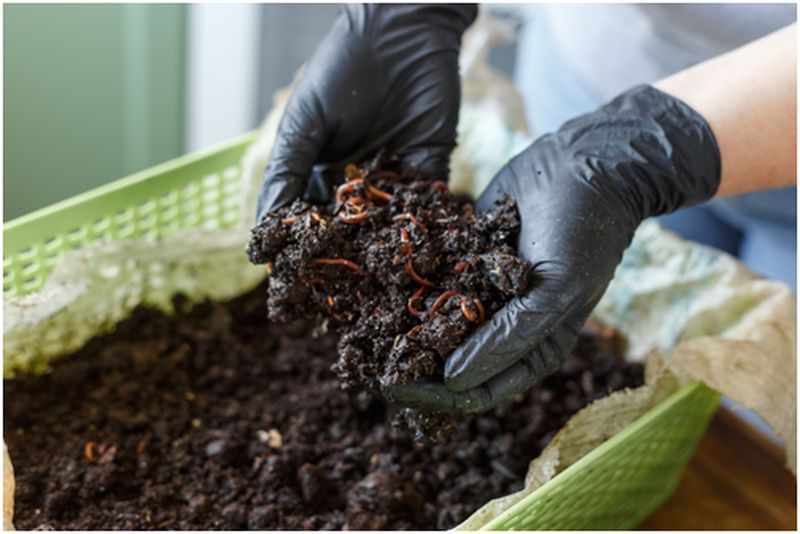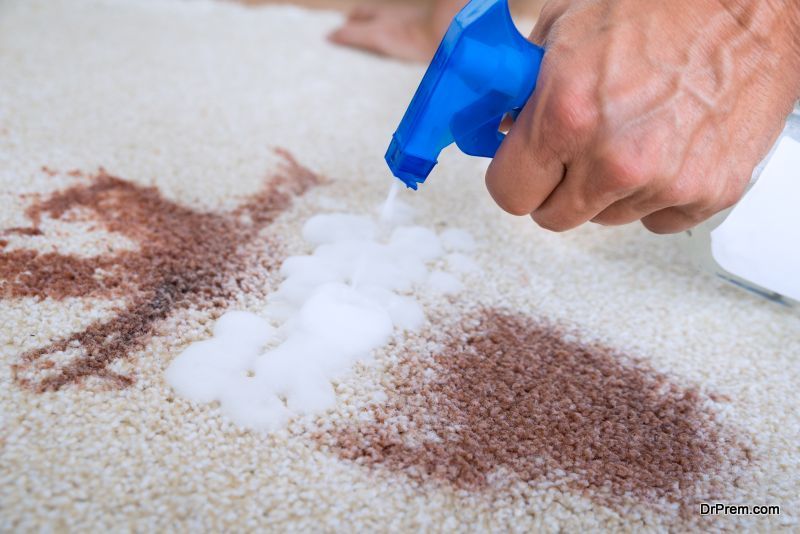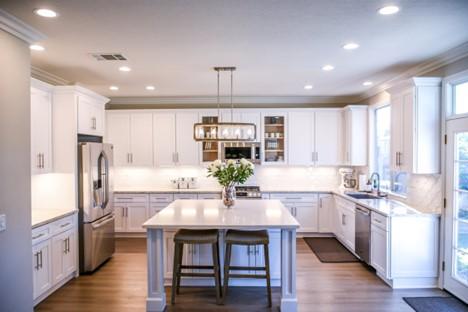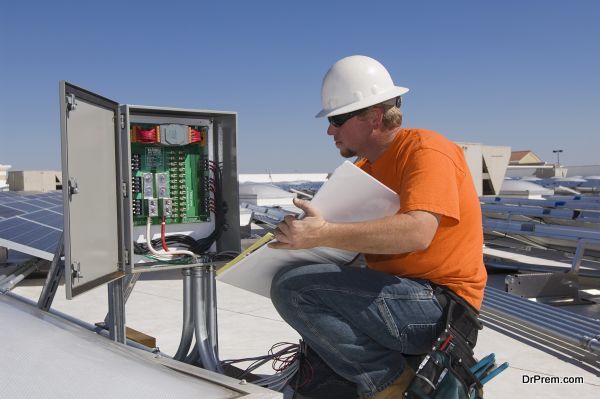Making your home eco-friendlier is not just a trend but a responsible choice that benefits both the environment and your household. With the growing awareness of climate change and environmental degradation, more people are looking for ways to reduce their carbon footprint. Living sustainably doesn’t have to be difficult or expensive. In fact, many eco-friendly changes are simple and can save you money in the long run. Whether you’re just starting on your sustainability journey or looking to make more impactful changes, there are plenty of ways to make your home greener.

From switching to energy-efficient lighting to choosing eco-friendly mattresses, here are some tips that will help you create a healthier living environment while reducing your impact on the planet.
1. Switch to Energy-Efficient Lighting
One simple way to make your home eco-friendly is to switch to energy-efficient lighting. Unlike traditional incandescent bulbs, which consume a lot of energy and have a shorter lifespan, LED bulbs are significantly more energy-efficient and have a much longer lifespan.
LED bulbs use less energy than bulbs, which means you’ll save money on your electricity bills. They also last longer, so you won’t need to replace them as often. By making this simple switch, you can reduce your energy consumption and help lower greenhouse gas emissions.
2. Use Eco-Friendly Mattresses

When it comes to making your home eco-friendly, choosing an eco-friendly mattress is a significant step. Many conventional mattresses are made with synthetic materials that are not biodegradable and can release harmful chemicals into the environment.
Eco-friendly mattresses, such as the Sealy Posturepedic Mattress by Mattress Factory, are made from natural and sustainable materials. These mattresses are not only better for the environment, but they are also healthier for you, as they reduce your exposure to harmful chemicals. Investing in an eco-friendly mattress can improve your sleep quality while also contributing to a healthier planet.
3. Install a Smart Thermostat
Another way to make your home eco-friendly is by installing a smart thermostat. Unlike traditional thermostats, smart thermostats can learn your schedule and adjust the temperature automatically to save energy. For example, they can lower the temperature when you’re not at home and raise it just before you return.
Smart thermostats can also be controlled remotely through a smartphone app, giving you the flexibility to adjust the temperature even when you’re away. By optimizing your heating and cooling systems, smart thermostats can help reduce energy waste and lower your utility bills.
4. Opt for Low-Flow Fixtures
Water conservation is another important aspect of making your home eco-friendly. One way to reduce water usage is by installing low-flow fixtures in your bathrooms and kitchen. Low-flow showerheads and faucets are designed to use less water without compromising water pressure.
By installing low-flow fixtures, you can significantly reduce your water consumption. This not only helps conserve a vital resource but also lowers your water bills. It’s a simple change that can have a big impact on your home’s overall sustainability.
5. Use Recycled Materials in Decor

Incorporating recycled materials into your home decor is a creative and eco-friendly way to furnish your space. Many furniture and decor items are now made from recycled or upcycled materials, giving you plenty of stylish options to choose from.
For example, you can find tables made from reclaimed wood, rugs made from recycled plastic, and even art pieces crafted from upcycled materials. By choosing recycled decor, you’re not only giving new life to old materials but also reducing the demand for new resources. This helps lower the environmental impact of manufacturing and contributes to a more sustainable home.
6. Get Energy-Efficient Appliances
When it’s time to replace your home appliances, consider investing in energy-efficient models. Appliances like refrigerators, washing machines, and dishwashers can consume a lot of energy, especially if they are older models.
Energy-efficient appliances are designed to use less electricity and water, making them better for the environment and your wallet.
7. Use Home Composting System

Composting is a great way to reduce household waste and create nutrient-rich soil for your garden. Instead of throwing away food scraps, you can compost them and turn them into valuable organic matter. This reduces the amount of waste that ends up in landfills, where it would otherwise produce methane, a potent greenhouse gas.
Setting up a composting system at home is easier than you might think. You can start with a small compost bin in your kitchen for food scraps like fruit peels, vegetable trimmings, and coffee grounds. Over time, the compost will break down into rich, dark soil that you can use in your garden or flower beds.
8. Non-Toxic Paints & Finishes

If you’re planning to paint or refinish any part of your home, consider using non-toxic paints and finishes. Many conventional paints contain volatile organic compounds (VOCs), which can release harmful chemicals into the air as they dry. These chemicals contribute to indoor air pollution and can have negative health effects.
Non-toxic paints and finishes, on the other hand, are made without harmful VOCs and other chemicals. They are a safer choice for your home, especially in areas where you spend a lot of time, like bedrooms and living rooms. In addition to being better for your health, non-toxic paints are also better for the environment, as they reduce the release of harmful pollutants into the air.
9. Install Solar Panels

Installing solar panels is one of the most effective ways to make your home eco-friendly. Solar panels convert sunlight into electricity, which you can use to power your home. By using solar energy, you reduce your reliance on fossil fuels, which are a major source of greenhouse gas emissions.
While the initial cost of solar panels can be high, many homeowners find that the long-term savings on electricity bills make the investment worthwhile. In some areas, you may also be eligible for government incentives or tax credits that can help offset the cost. Additionally, by generating your own electricity, you can reduce your carbon footprint and contribute to a cleaner, more sustainable energy future.
Making your home eco-friendly is a rewarding and impactful way to contribute to a healthier planet. Whether it’s switching to energy-efficient appliances, starting a composting system, or installing solar panels, every step you take toward sustainability makes a difference. The important thing is to take action and make a commitment to living more sustainably. By doing so, you’ll be helping to protect the environment for future generations while enjoying the benefits of a greener, more eco-friendly home.
Article by Community Writer.




